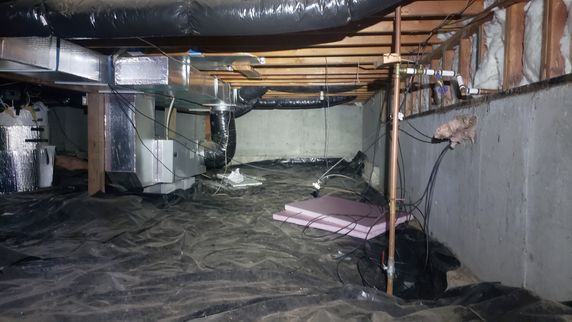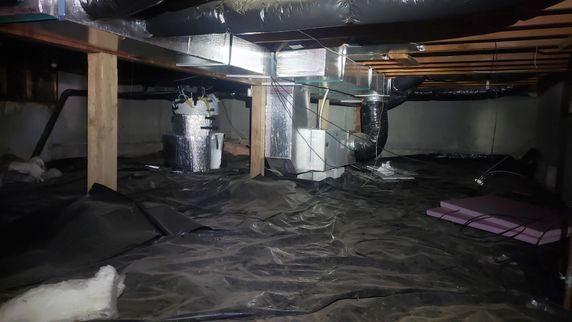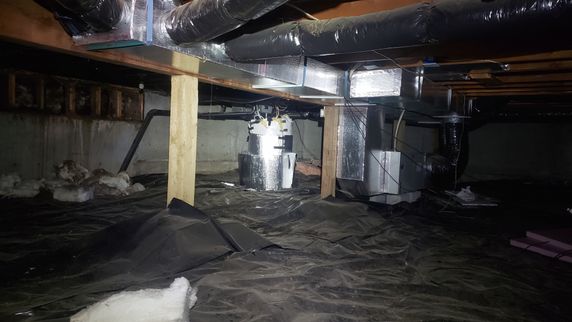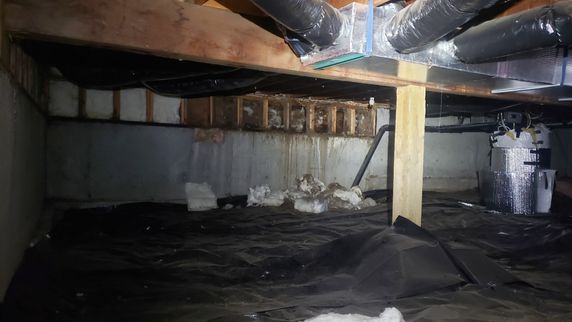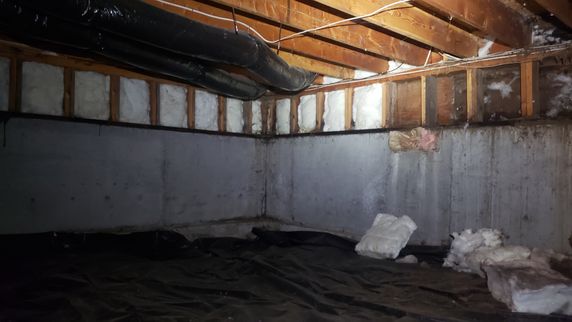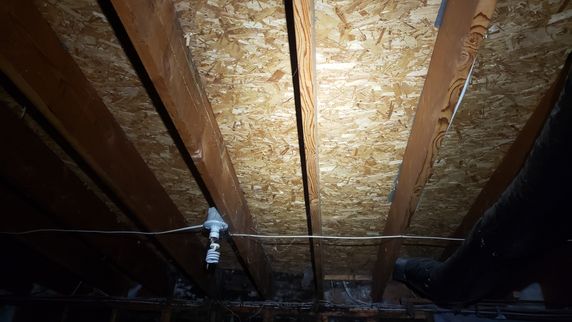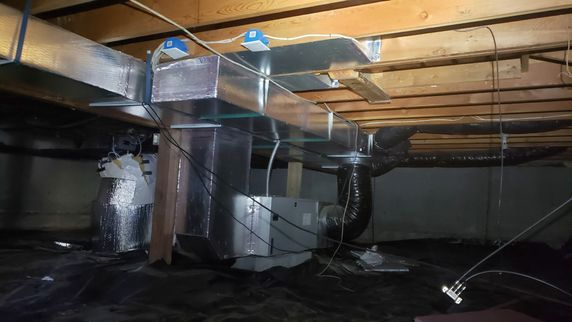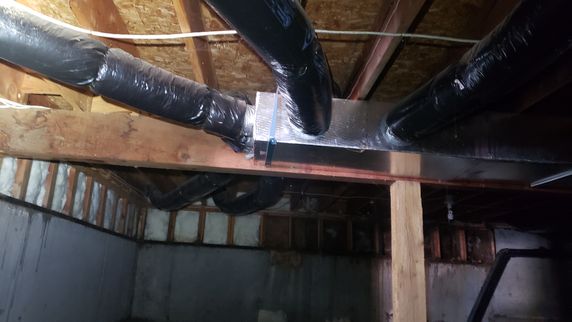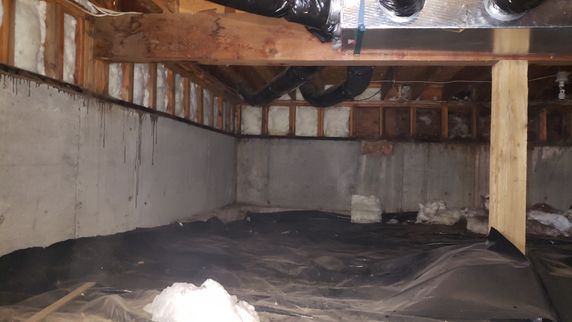The Scope and Purpose of a Home Inspection
Purchasing property involves risk
The purpose of a home inspection is to help reduce the risk associated with the purchase of a structure by providing a professional opinion about the overall condition of the structure. A home inspection is a limited visual inspection and it cannot eliminate this risk. Some homes present more risks than others.
A home inspection is not an insurance policy
This report does not substitute for or serve as a warranty or guarantee of any kind. Home warranties can be purchased separately from insuring firms that provide this service.
A home inspection is visual and not destructive
The descriptions and observations in this report are based on a visual inspection of the structure. We inspect the aspects of the structure that can be viewed without dismantling, damaging or disfiguring the structure and without moving furniture and interior furnishings. Areas that are concealed, hidden or inaccessible to view are not covered by this inspection. Some systems cannot be tested during this inspection as testing risks damaging the building. For example, overflow drains on bathtubs are generally not tested because if they were found to be leaking they could damage the finishes below. Our procedures involve non-invasive investigation and non-destructive testing which will limit the scope of the inspection.
This is not an inspection for code compliance
This inspection and report are not intended for city / local code compliance. During the construction process structures are inspected for code compliance by municipal inspectors. Framing is open at this time and conditions can be fully viewed. Framing is not open during inspections of finished homes, and this limits the inspection. All houses fall out of code compliance shortly after they are built, as the codes continually change. National codes are augmented at least every three years for all of the varying disciplines. Municipalities can choose to adopt and phase in sections of the codes on their own timetables. There are generally no requirements to bring older homes into compliance unless substantial renovation is being done.
This is just our opinion
Construction techniques and standards vary. There is no one way to build a house or install a system in a house. The observations in this report are the opinions of the home inspector. Other inspectors and contractors are likely to have some differing opinions. You are welcome to seek opinions from other professionals.
The scope of this inspection
This inspection will include the following systems: exterior, roof, structure, drainage, foundation, attic, interior, plumbing, electrical and heating. The evaluation will be based on limited observations that are primarily visual and non-invasive. This inspection and report are not intended to be technically exhaustive.
Your expectations
The overall goal of a home inspection is to help ensure that your expectations are appropriate with the house you are proposing to buy. To this end we assist with discovery by showing and documenting observations during the home inspection. This should not be mistaken for a technically exhaustive inspection designed to uncover every defect with a building. Such inspections are available but they are generally cost-prohibitive to most home buyers.
How to Read This Report
Getting the Information to You
This report is designed to deliver important and technical information in a way that is easy for anyone to access and understand. If you are in a hurry, you can take a quick look at our "Summary Page” and quickly get critical information for important decision making. However, we strongly recommend that you take the time to read the full Report, which includes digital photographs, captions, diagrams, descriptions, videos and hot links to additional information.
The best way to get the layers of information that are presented in this report is to read your report online, which will allow you to expand your learning about your house. You will notice some words or series of words highlighted in blue and underlined – clicking on these will provide you with a link to additional information.
This report can also be printed on paper or to a PDF document.
Chapters and Sections
This report is divided into chapters that parcel the home into logical inspection components. Each chapter is broken into sections that relate to a specific system or component of the home. You can navigate between chapters with the click of a button on the left side margin.
Most sections will contain some descriptive information done in black font. Observation narrative, done in colored boxes, will be included if a system or component is found to be significantly deficient in some way or if we wish to provide helpful additional information about the system or the scope of our inspection. If a system or component of the home was deemed to be in satisfactory or serviceable condition, there may be no narrative observation comments in that section and it may simply say “tested,” or “inspected.”
Observation Labels
All narrative observations are colored, numbered and labeled to help you find, refer to, and understand the severity of the observation. Observation colors and labels used in this report are:
- Major Concern:These are repair items that may cost significant money to correct now or in the near future, or items that require immediate attention to prevent additional or potential damage
- Safety Concern:These are repairs or improvements that need correction for improved occupant safety, or may be mentioned for the purpose of raising awareness
- Repair or Complete:Repair and maintenance items noted during inspection. Please note that some repair items can be expensive to correct such as re-finishing hardwood floors, but are considered simply repair items due to their cosmetic nature.
- Recommended Maintenance:These are more routine repair items that would typically be considered minor deferred maintenance or routine home-ownership items, such as servicing the furnace, routine caulking, paint maintenance cleaning the gutters or changing the air filters in the furnace
- Monitor:Items that should be watched or checked periodically to see if correction may be needed in the future
- Suggested Due Diligence:Observation such as a septic system needing routine pumping and inspection by a specialist or other items that may require further investigation to determine if repairs may be needed. Another example might be inquiring with a seller for more information regarding improvements or additions
- Suggested Improvement:These are observations that are not necessarily defects, but which could be improved for safety, efficiency, or reliability reasons
- Note:Refers to aside information and /or any comments elaborating on descriptions of systems in the home or limitations to the home inspection
- Description:Descriptions and various aspects of the property or system noted during the inspection
Summary Page
The Summary Page is designed as a bulleted overview of all the observations noted during inspection. This helpful overview is not a substitution for reading the entire inspection report. The entire report must be read to get a complete understanding of this inspection report as the Summary Page does not include photographs or photo captions.
Summary
Major Concerns
- E-1 Exterior:
Water damage at exterior logs and rim joists and sub-flooring along the south side in the crawlspace. This condition has occurred from snow and ice sitting against the house and the resultant water and moisture. Recommend having a qualified contractor further evaluate and then replace all water damaged materials. Recommend implementing a new design such as metal skirting to avoid this condition from occurring again in the future.
- CS-2 Crawl Space:
Evidence of moisture and carpenter ants was observed - see rim joist area at south side of crawlspace. Moisture ants are a wood destroying organism that indicate there is a problem with moisture control in the building. Moisture ants exacerbate damage to wood from wood decay and will often form nests and tunnels which can be confused with subterranean termites. Have the water damaged and wet materials removed and repaired by a qualified contractor. Then have a certified pest control company treat the area for both moisture ants and carpenter ants. Treat the house and property regularly for ants and other pests as needed. Consult with a certified pest control company for this.
Safety Concerns
- E-3 Exterior:
The decking around the tree within the deck perimeter has been removed apparently to implement repairs as the tree has grown since the deck was installed. This could be a safety hazard for small children. Have a qualified contractor build in new decking to fit around the base of the tree.
Repair or Complete
- E-4 Exterior:
Recommend replacing the water proof material over the upper deck. This material appears to have performed well to date but appears worn and is showing signs of preliminary delamination.
- EDFW-1 Electric Distribution & Finish Wiring:
The glass cover at the rear exterior porch light is damaged.
- I-3 Interior:
The balance rod(s) at the second floor rear bedroom window did not keep the window open and need adjustment or replacement.
- B3-1 Bathroom 3:
The toilet in the upper east bedroom bath appears to keep running after flushing. This can often be stopped by jiggling the handle. Hire a plumber or otherwise qualified person to further evaluate and repair this toilet to prevent water waste.
- K-4 Kitchen:
An air gap is recommended to protect the dishwasher from accidental contamination if the sewer line were to back up, or from keeping dirty sink water from siphoning into the dishwashers rinse cycle. If an air gap cannot be installed, at least run the drain line above the level of the sink drain to create a high loop.
Recommended Maintenance Items
- E-2 Exterior:
The exterior logs are due for pressure washing and re-staining, particularly at the areas most exposed to sun and weather.
- E-5 Exterior:
This house has a softwood decking installed. It appears the decking needs cleaning and maintenance. The recommended maintenance of this type of decking is annual cleaning and staining with transparent or semi-transparent deck stain. Annual cleaning and sealing is important to protect the decking and prevent the deck from becoming slippery and unsafe, especially as pollen and other organic growth may accumulate on the decking.
Items to Monitor
- EDFW-3 Electric Distribution & Finish Wiring:
Smoke and carbon monoxide alarms were found and noted during inspection. Be sure to check alarms regularly and change backup batteries and replace alarms regularly as recommended by the manufacturer (most manufacturers recommend replacement every 7 - 10 years).
- HCFV-1 Heating, Cooling, Fireplaces & Venilation:
The heating system has a disposable air filter installed which was reasonably clean. This should be changed quarterly to ensure proper air flow at the furnace.
- P-2 Plumbing:
This water heater is getting older and has entered a less reliable phase of its service life. The average life of water heaters can vary a lot depending on water quality and the amount of scheduled maintenance such as flushing the tank and replacing sacrificial anodes. Budget to replace this water heater at any time. The water was hot at the time of inspection.
Suggested Due Diligence Items
- FS-1 Fuel Sources:
Inquire with seller regarding the propane service provider used. Your service provider should also inspect the readily visible tank components and connections, regulators and readily visible fuel distribution lines at times of fuel delivery. Be sure to fill the tank before the fuel level drops below 20% as most propane companies charge additional fees for a pressure test of the tank if the fuel level falls below about 20%.
Suggested Improvements
- ESD-2 Electric Service & Distribution:
Inadequate labeling of the electric panels circuit breakers was noted. This should be corrected for improved serviceability.
- B3-2 Bathroom 3:
The second floor toilets water storage tanks have the older systems inside: ballcock, float, flapper.... I recommend updating the equipment inside the toilet to ensure reliable performance.
- CS-1 Crawl Space:
The insulation method in the crawl space should be improved to modern standards. Fiberglass batting at rim joist areas can promote condensation and potential mold growth. Spray foam insulation is the only proven method to prevent this. I recommend EnergySeal Air Barrier Systems of McCall. http://www.energyseal.net/
Notes
- ARCV-1 Attic & Roof Cavity Ventilation:
Note that this house has all vaulted ceiling - there is no attic space and no access to inspect roof framing, thermal barriers or fans exhaust ductwork in the vaulted parts of the house.
- EDFW-4 Electric Distribution & Finish Wiring:
This building may have some low voltage wiring installed. Evaluation of alarm systems, phone and internet wiring is beyond the scope of this inspection.
- P-1 Plumbing:
The insulation blanket inhibited inspection of the water heater.
- AP-1 Additional Plumbing:
Underground automatic sprinkler/irrigation systems cannot be tested in winter and we must assume these systems were properly shut down and winterized. When present, we may run the system during summer and note the general condition and operability.
- LF-1 Laundry Facilities:
The full size washer is too large for the laundry door to close. There was some room between the washer and the wall but I did not attempt to push the washer back.
The Full Report
Exterior
Siding & Trim
Fascia & Eves
Window Types
Exterior Doors
Decks, Porches, Balconies & Guardrails
General Exterior Photos
Electric Service & Distribution
State / Municipal Permits
Service Equipment & Meter Base
General Service Equipment Photos
Distribution Panel 1
Distribution Panel Photos
Distribution Panel 2
Distribution Panel 2 Photos
Grounding & Bonding
Electric Distribution & Finish Wiring
Branch Wiring
Receptacles & Fixtures
Ceiling Fans
Smoke & Carbon Monoxide Alarms
Low Voltage Systems
Heating, Cooling, Fireplaces & Venilation
Heating System
Air Filters
Cooling System
Heating & Cooling Distribution Systems
Mechanical Ventilation Systems
Gas Fireplace 1
Plumbing
Water Service & Supply
Distribution Pipe
Fuel Distribution Pipe
Waste Pipe & Discharge
Water Heater
Water Temperature
Interior
Floors & Floor Materials
Walls, Ceilings, Trim & Closets
Wall Insulation Air Bypass
Stairs & Railings
Interior Doors
Windows
General Interior Photos
Bathroom 1
Location & Type
Sinks, Faucet, Drains
Vanity Cabinets
Toilet
Bathtubs / Showers
Ventilation
General Bathroom Photos
Bathroom 2
Location & Type
Sinks, Faucet, Drains
Vanity Cabinets
Toilet
Bathtubs / Showers
Ventilation
General Bathroom Photos
Bathroom 3
Location & Type
Sinks, Faucet, Drains
Vanity Cabinets
Toilet
Bathtubs / Showers
Ventilation
General Bathroom Photos
Kitchen
Sinks, Faucets & Drains
Disposers
Cabinets & Countertops
Kitchen Floor
Ventilation Method
Appliance Disclaimer
Ranges, Ovens & Cooktops
Refrigerators
Dishwasher
Other Appliances
General Kitchen Photos
Building Site & Other General Information
Weather: Clear
Soil Conditions: Frozen, Snow Covered
Approximate Outside Temperature: 32 - 40
Building Orientation: For the purposes of this report, the front of the house faces approximately east
Approximate Year Built: 1993
Building Type: Single family Residential, Log Home
Stories: 2 - Story
Space Below Grade: Crawlspace
Utility Services: Municipal Water, Municipal Sewer
Utility Status: All utilities on
Occupancy Status: Vacation home, Occupancy varies
Attendance: Inspector only
Limiting Conditions: Snow on grounds
Grounds
Grade & Site Drainage
Ideally, the ground should drop one inch for every one foot that you move away from the house for the first 5-to-10 feet around your house. While this is not always possible, the ground should never be sloping upwards as you move away from your house foundation.
Grade: No red flags, Snow limits grade evaluation
Driveways, Walkways & Landscape
Driveway: Gravel, Dirt
Walkways: Snow Covered
Landscape: Snow Covered, Limited view, Indigenous
Snow Removal:
General Awareness: Just as a reminder and food for thought: Snow removal in winter months is a necessity for ease of access with most properties in this area. Consideration should be given to ways and means of snow removal. Some opt to do it themselves, while others hire a snow removal contractor. Each property will have different requirements for snow removal.
Trees:
General Awareness: Whenever large trees are located near a house a higher level of maintenance should be expected to keep trees safe and healthy and to eliminate the risks of damage to the home or building materials from falling limbs and to eliminate rodent entry points. With larger trees such as firs pruning is recommended to eliminate the sail effect and reduce strain on these trees during high winds. If an arborist has not been out in the last few years, consider having a new consultation.
Patio
Type: None
Fences & Gates
Type: Wood, Ranch Style
Observations: Not Inspected
Exterior
Siding & Trim
Type(s): Wood Siding, Logs
This exterior has been constructed almost primarily of logs, often called log home construction. Log homes have a beautiful appearance, but they can require regular maintenance to ensure the logs do not get damaged from water and wood destroying organisms. Common maintenance issues include:
- Re-chinking. Chinking is essentially a glorified caulking system, typically applied over a backer rod that helps seal up the gaps between the logs. Over time, the chinking can fail, allowing insects and water into the logs assembly.
- Sealing checking in logs. Logs usually develop a single dominant crack, the location of which can be controlled by kerfing the log (making a saw cut down the length of the log). Checks or cracks in logs provide an opening for water and wood destroying organisms. Keeping exterior cracks sealed, located at the top radius where water can enter is critical log home maintenance.
- Treating for wood destroying organisms and managing conducive conditions. From carpenter ants to anobiid beetles to wood decay, wood logs are vulnerable to a host of wood destroying organisms. Many companies that specialize in log home maintenance use treatments such as Borate finishes that can help reduce risks from wood destroying organisms.
- Replacing rotted areas or damaged logs. If logs get too much moisture or insect damage, they may require replacement. Log home restoration work can be expensive.
Expect some floors that are not level and walls that are not plumb. In addition to critical exterior maintenance, log homes may suffer from some amount of movement and settlement as the logs expand and contract with moisture content and age. Many log homes have at least a few areas of uneven floors and walls that are not plumb. This can even be the result of logs drying differently on the outside of the log compared to inside.
Expect challenges for sealing and renovating. Log homes can also present challenges for renovation as there are fewer walls and building cavities to run wires and pipes. Log homes are also difficult to air-seal reliably as the logs are expanding and contracting and often gaps open up to allow air, moisture or insects.
Condition: Overall appearance good, particularly when considering age, Observations: (Localized Water Damage), Exterior Restoration Recommended
Water damage at exterior logs and rim joists and sub-flooring along the south side in the crawlspace. This condition has occurred from snow and ice sitting against the house and the resultant water and moisture. Recommend having a qualified contractor further evaluate and then replace all water damaged materials. Recommend implementing a new design such as metal skirting to avoid this condition from occurring again in the future.
Fascia & Eves
Fascias: Wood
Soffits/Eves: Plywood
Condition: Overall appearance and condition good
Window Types
Frames: Vinyl
Glazing: Double Pane
Insect Screens: Present
Condition / Observations: Overall appearance good, General condition good
Exterior Doors
Types: Wood, Glass paneled, Standard exterior rated doors
Condition / Observations: Overall appearance and function good
Decks, Porches, Balconies & Guardrails
Modern Deck Standards:
To see a prescriptive guide for residential wood deck construction click this link: Most existing decks do not meet the standards set forth in this guide, but these standards do help guide our deck inspections.
Type: Wood Structure, Wood Decking
Condition: Middle Age - Appearance good overall, Softwood decking maintenance, Post & Beams
The decking around the tree within the deck perimeter has been removed apparently to implement repairs as the tree has grown since the deck was installed. This could be a safety hazard for small children. Have a qualified contractor build in new decking to fit around the base of the tree.
This house has a softwood decking installed. It appears the decking needs cleaning and maintenance. The recommended maintenance of this type of decking is annual cleaning and staining with transparent or semi-transparent deck stain. Annual cleaning and sealing is important to protect the decking and prevent the deck from becoming slippery and unsafe, especially as pollen and other organic growth may accumulate on the decking.
Fuel Sources
Fuel Type
Propane
Primary Shutoff Valve: Tank
Secondary Shutoff Valves: Regulator, Fireplace
Meter / Fuel Storage
Propane Tank: Above ground, Tank size and gauge reading undetermined, Snow limitation , Location: North Yard
Inquire with seller regarding the propane service provider used. Your service provider should also inspect the readily visible tank components and connections, regulators and readily visible fuel distribution lines at times of fuel delivery. Be sure to fill the tank before the fuel level drops below 20% as most propane companies charge additional fees for a pressure test of the tank if the fuel level falls below about 20%.
Roof & Gutters
Roof Type & Inspection Method
Style: Gable
Roof Covering: Corrugated Metal Roof Panels
Inspection Method: Aerial Photography
Limitations: Steep, Slippery
The typical life expectancy of metal roofing materials can very a great deal, from 20–50 years, depending on the method of manufacture, thickness,of the roofing material, the quality of the installation, and the roof design and exposure. Maintenance for metal roofs is often dictated by the manufacturer and recommended maintenance procedures can vary depending on whether the roof material is painted, has zinc all the way through, or whether it is thinner sheet metal with a painted-on weather protection. Some roofs only require debris to be cleaned off to prevent water damming. Others have proprietary cleaning methods to prevent damage to coatings and may require touch-up of corrosion to prevent corrosion from causing leaks. Screws tend to be the best way for you to hold the roof panels in place. When a screw looks compromised, arrange to get it replaced. Regularly inspect the roof and tighten any screws that may have worked loose due to temperature fluctuations and expansion/contraction cycles.
Roof Covering
Condition: Overall appearance good, Installation practices appear standard
Flashings
Roof flashings are used to keep a roofing system water proof where the roofing material starts, stops, changes direction or is penetrated. During inspection, we look for standard flashing techniques that could be considered normal or standard in our region. Damaged, incomplete or non-standard flashings can be a sign of an older or less reliable roofing system and may require repair. Any non-standard flashings noted during inspection will be reported on below if found.
Type: Metal
Condition: Overall appearance good, Flashings appeared visually standard
Chimneys
Flue Material: Metal, Fireplace vent
Condition / Observations: Condition good as visible
Attic & Roof Cavity Ventilation
Attic Access
Inspection Method: Some or All Vaulted Ceilings
Note that this house has all vaulted ceiling - there is no attic space and no access to inspect roof framing, thermal barriers or fans exhaust ductwork in the vaulted parts of the house.
Ventilation
Method: Soffit vents, Gable vents
Adequacy: Roof cavity ventilation method appears adequate
Electric Service & Distribution
State / Municipal Permits
Permit Tags Observed: Yes
Location: Meter box, Distribution panel
Service Equipment & Meter Base
Supply Voltage: 120/240
Type: Below ground, Service lateral
Meter Base Manufacturer & Rating: Cutler Hammer, 200 amps
Main Disconnect Breakers: 200 amps (house panel), 50 amps (spa panel)
Observations: No problems observed
Distribution Panel 1
Panel Type & Location: Sub distribution panel
Panel Manufacturer & Rating: Square D / Homeline, 150 amps
Incoming Wire Type & Size: Stranded Copper, 2/0, Appropriately sized
Observations: Inadequate labeling
Distribution Panel 2
Panel Type & Location: Spa Disconnect, Rear Exterior
Panel Manufacturer & Rating: Square D / Homeline, 70 amps
Incoming Wire Type & Size: Stranded Copper, #6
Grounding & Bonding
Grounding - General Note:
During a home or property inspection, every effort is made to inspect the visible components of the electrical system grounding. The grounding system is critical for safely discharging electrical surges, especially in the case of lightning strikes. There is no way in the context of a home inspection to verify the "effectiveness" of the grounding system as much of the system is not visible and there are not practical tests one can perform in the way we can test a furnace or a plumbing fixture. General info about grounding systems:
- Modern homes (2008 and newer) generally use UFER grounds (foundation rebar) and no longer need ground rods.
- Older houses (1963 and earlier) used metal water pipes for grounding instead of ground rods and these older ground conductors may be disabled if the old metal pipes have been updated with plastic pipes.
- In between, (very roughly 1963-1990) ground rods have been used for grounding. Typically two ground rods are required (to try and achieve the recommended 25 ohms or less) unless there is also an older metal water piping system that can be grounded, then often 1 ground rod will suffice.
Bonding - General Note:
All metallic systems in the building are required to be "bonded" (connected) to the the building's electrical grounding system. Bonding creates a pathway to shunt static charges (that would otherwise build up on the system) to earth, and to provide a pathway to trip a breaker in the event that these bonded metallic components became energized. During the inspection, I attempt to visually document electrical system bonding. There is no way in the context of a home inspection to verify the "effectiveness" of system bonding.
Electric Distribution & Finish Wiring
Branch Wiring
Wire Types Observed: Copper, NM Cable (a.k.a. Romex)
Wiring Methods Observed: Non Metallic Sheathed Cable
Installation & Workmanship: Standard as visible
Receptacles & Fixtures
Testing Method: Random testing - Representative sample
During inspection I make an effort to test and inspect all accessible electric receptacles and switches. In general, the scope of testing is directly related to access; where personal belonging and furniture obstruct access to receptacles and fixtures, fewer of them can be reasonably tested during inspection. Any defects found during inspection today will be listed in this report.
During inspection I test all Ground Fault Circuit Interrupter (GFCI) devices that are readily accessible. GFCI's are those electric receptacles with re-set buttons that you commonly see in bathrooms, kitchens and at the exterior of the home. GFCI's are important safety devices that limit the duration of electrical shocks and have demonstrably saved lives. I recommend being aware of where re-set buttons are located in the house as GFCI's can trip and disable a circuit which can not be re-energized without re-setting the button. I avoid testing to determine if a receptacle or circuit is GFCI protected if it is not clear where the re-set button can be found. This is because re-set buttons can be concealed behind stored items, so such a test risks disabling a circuit in the home. Occasionally, during testing of GFCI's one can fail. This is a statistical reality that some of these devices will fail under testing and require replacement after testing.
Electrical Receptacles: Three wire receptacles
Condition & Functionality: Appearance and function good
Ceiling Fans
Ceiling Fans: Present and tested
All ceiling fans were tested and were operating normally during inspection.
Smoke & Carbon Monoxide Alarms
Smoke Alarms: Smoke alarms present
The link below includes important information about smoke alarms that could save lives in the event of a fire. There are two basic types of smoke alarms: ionization, which are better at detecting flaming fires and photoelectric, which are better at detecting smoldering fires. Standards in the building industry are moving toward recommending BOTH types of alarms in the home. It is nearly impossible to accurately test smoke alarms during a home inspection. I recommend learning more about these important life saving devices and consider installing both types of smoke detectors in your home. http://getscribeware.com/blog/wp-content/uploads/2016/04/Ionization-vs-photoelectric.pdf
During the home inspection, I try and test a representative sample of the smoke alarms by using the test button on the alarms. This is NOT an accurate test of the sensor just a test to see if the unit is powered. For reliability, fire marshals recommended updating smoke alarms every 10 years and changing batteries bi-annually. The latest data indicate that we should be using photoelectric technology in our smoke alarms for improved fire detection and to reduce problems with false alarms which can lead to disabling of this important safety system. Unfortunately, the alarms have to be removed to determine if they are photo-electric or ionization types. It is surprisingly complex to accurately test a smoke alarm system and determine the reliability, age, and type of sensor technology used, especially as many homes can have half a dozen or more alarms throughout the house. A complete evaluation of smoke alarms is beyond the scope of this inspection. For optimal fire safety, I recommend taking control of these important safety devices and learning about how to service and maintain your smoke alarm system to keep the building occupants safe. For more information, please read this link. For more information, please read this link.
The installation of carbon monoxide alarms is recommended for all homes that have fuel burning appliances such as gas or oil furnaces, gas water heaters, gas ovens and cook-tops, gas fireplaces and wood stoves. Best practices are to have these alarms hardwired with a battery back-up - though requirements are for the installation to meet manufacturer's specifications. Carbon monoxide is a colorless, odorless gas that can cause sickness, nausea and even death. Alarms have a useful service life of roughly 6 years, so changing them more frequently than smoke alarms is recommended.
Smoke and carbon monoxide alarms were found and noted during inspection. Be sure to check alarms regularly and change backup batteries and replace alarms regularly as recommended by the manufacturer (most manufacturers recommend replacement every 7 - 10 years).
Low Voltage Systems
Limitation
This building may have some low voltage wiring installed. Evaluation of alarm systems, phone and internet wiring is beyond the scope of this inspection.
Heating, Cooling, Fireplaces & Venilation
Heating System
Location: Crawlspace
Energy Source: Electric
Heating Method: Forced air electric furnace
Manufacturer: Tempstar
Capacity: Appropriately sized
Age: 1992, Original equipment
Recent Service Records: Unknown
Appearance & Function: Older equipment, Overall appearance good, with regard to age, Normal operation
Air Filters
Filtration Systems: Disposable
Condition: Reasonably clean
Cooling System
System Type: No air conditioning system
Heating & Cooling Distribution Systems
Heat Source All Rooms?: Present
Distribution Method: Forced air / ducts, Thermal images - ducts
Mechanical Ventilation Systems
Bath Fans & Exhaust: Appeared to be properly ducted to the exterior
Kitchen Fan & Exhaust: Appeared to be ducted to the exterior
Determining proper ventilation to the exterior from kitchen, bath and laundry fans can be tricky as exhaust fan ductwork is often concealed beneath insulation, behind finishes and fan terminations can be all over the house from the roof to the foundation, presenting difficulties for systematically checking every fan termination. During inspection, every effort is made to verify proper terminations of fan vents to the exterior, but it is possible to miss something here that is latent or concealed.
Plumbing
Water Service & Supply
Water Supply: Public / municipal
Water Meter: Not located, Snow cover
Main Water Shutoff: Location
This shows the location of the main water shutoff valve located in the crawlspace. near the access hatch. There is no perceived current conditions that might lead to leaks, however, its still not a bad idea (for peace of mind) to shut off the main water valve when/if leaving the home for extended periods of time.
Pipe Material: Plastic, Type undetermined
Distribution Pipe
Supply Pipe Material: Copper, Pex
Comments/Observations: Functional flow, Excellent
Hose Faucets: Present, Not readily accessible, Snow berms
Fuel Distribution Pipe
Pipe Material: Black steel, CSST
Observations: Visually standard
Waste Pipe & Discharge
Sinks are flood tested and waste assemblies are checked for leaks or minor drips. Homeowners should check the waste plumbing connections beneath the sinks periodically to avoid water damage from unseen drips that can occur. Wastebaskets and other storage coming in contact with waste assemblies beneath sinks can sometimes loosen connections and can cause drips to develop. We also often find that sink stopper assemblies in the drain assemble work loose and drip.
Discharge Type: Public/City Sewer
Waste & Vent Pipe Materials: ABS plastic
P-Traps / Waste Assemblies: PVC Plastic
Drainage Performance: Normal at all fixtures
Water Heater
Manufacturer: Rheem
Type: Tank
Size: 47 gal
Age: 2005
Energy Source: Electricity
Drain Pan: Not needed
Temperature Pressure Relief Valve: Installed, Visually standard
This water heater is getting older and has entered a less reliable phase of its service life. The average life of water heaters can vary a lot depending on water quality and the amount of scheduled maintenance such as flushing the tank and replacing sacrificial anodes. Budget to replace this water heater at any time. The water was hot at the time of inspection.
The insulation blanket inhibited inspection of the water heater.
Water Temperature
Water temperature measured at inspection: 121 Degrees F
Additional Plumbing
Irrigation
Underground Automatic Sprinkler System: Overall limitation
Underground automatic sprinkler/irrigation systems cannot be tested in winter and we must assume these systems were properly shut down and winterized. When present, we may run the system during summer and note the general condition and operability.
Utility Sinks
Additional Sinks: Tested, Laundry, Appearance and function good
Interior
Floors & Floor Materials
Floor Coverings: Carpet, Wood, Tile
Floor Settlement: None noted
General Condition: Overall appearance good, Installation practices appear standard
Walls, Ceilings, Trim & Closets
Wall & Ceiling Materials: Textured drywall
Appearance & Condition: Overall appearance good
Wall Insulation Air Bypass
Wall Insulation: Thermal imaging note
During the inspection today, I used an infrared camera inside the house scanning walls and ceilings. I use this tool for system verification, to make sure heat ducts and ovens and such are working. I also use it to look for "thermal anomalies" which could indicate concealed moisture problems or damaged or incomplete thermal or air barriers. No significant thermal anomalies were noted. These are representative photos:
Stairs & Railings
Condition / Observations: General condition good, Hand railing present
Interior Doors
We make every effort to visually inspect and operate every single interior door. All interior doors may be tested on smaller homes - where a representative sample of interior doors are tested on larger homes. Occasionally we find doors be locked or blocked by stored items or otherwise inaccessible.
Types: Wood, Hollow Core, Standard interior rated doors
Condition: Appearance and function good
Windows
Type: Double pane, Vinyl frame
Condition / Observations: Good overall, Representative sample
The balance rod(s) at the second floor rear bedroom window did not keep the window open and need adjustment or replacement.
Several readily accessible windows were viewed and operated. I found these windows to be in good condition with regard to age.
Note: In accordance with industry standards, we may not test every window in the house, and particularly if the house is furnished. We do test every unobstructed window in every bedroom to ensure that at least one facilitates an emergency exit.
Bathroom 1
Location & Type
Bathroom Location & Type: Main floor , Full Bath
Sinks, Faucet, Drains
Comments / Observations: Tested, Appearance and function good
Vanity Cabinets
Comments / Observations: Appearance and function good
Toilet
Comments / Observations: Appearance and function good, Tested, Toilet tight to floor
Bathtubs / Showers
Comments / Observations: Tested, Appearance and function good
Ventilation
Ceiling exhaust fan and window
Bathroom 2
Location & Type
Bathroom Location & Type: Second floor , Rear Bedroom, 3/4 Bath
Sinks, Faucet, Drains
Comments / Observations: Tested, Appearance and function good
Vanity Cabinets
Comments / Observations: Appearance and function good
Toilet
Comments / Observations: Tested, Appearance and function good, Toilet tight to floor
Bathtubs / Showers
Comments / Observations: Tested, Appearance and function good
Ventilation
Ceiling exhaust fan and window
Bathroom 3
Location & Type
Bathroom Location & Type: Second floor , East Bedroom
Sinks, Faucet, Drains
Comments / Observations: Tested, Appearance and function good
Vanity Cabinets
Comments / Observations: Appearance and function good
Toilet
Comments / Observations: Tested, Toilet tight to floor, Toilet running, Old internal components
The toilet in the upper east bedroom bath appears to keep running after flushing. This can often be stopped by jiggling the handle. Hire a plumber or otherwise qualified person to further evaluate and repair this toilet to prevent water waste.
Bathtubs / Showers
Comments / Observations: Tested, Appearance and function good
Ventilation
Ceiling exhaust fan and window
Kitchen
Sinks, Faucets & Drains
Condition / Observations: Tested, Appearance and function good
Disposers
Condition / Observations: Tested, Appearance and function good
Cabinets & Countertops
Countertop Material: Slab Surface
Cabinet Material: Wood
Condition / Observations: Appearance and function good
Kitchen Floor
Type: Wood
Condition / Observations: Appearance good
Ventilation Method
Microwave fan, ducted to exterior
Appliance Disclaimer
Kitchen appliances were tested during inspection today. The typical design life of appliances can range from 4-20 years. Some appliances such as an older electric range are simple and tend to last longer than more complex appliances such as dishwashers and refrigerators or modern appliances with circuit boards. It is impossible to predict the useful remaining life of an appliance. I ran appliances during inspection. Any defects noted will be listed in this report. There are companies that offer warranties for appliances such as AHS Home Shield. While I do not endorse or recommend any specific warranty. I know that some home owners have been very happy with this insurance. For your convenience, I have attached a link to a web site of one such warranty product. LINK
Ranges, Ovens & Cooktops
Comments / Observations: Operated (see thermal images), Appearance and function good
Refrigerators
Condition / Observations: Operative (see thermal images), Appearance and function good
Dishwasher
Dishwasher: Appearance and function good, Operated (Thermal images)
An air gap is recommended to protect the dishwasher from accidental contamination if the sewer line were to back up, or from keeping dirty sink water from siphoning into the dishwashers rinse cycle. If an air gap cannot be installed, at least run the drain line above the level of the sink drain to create a high loop.
Other Appliances
Built-in Microwave: Tested, Operated normally (thermal image), Appearance and function good
Laundry Facilities
Laundry - General Info
Washer Present? : Yes
Yes
Dryer Present?: Yes
Yes
Laundry Hookups Visible?: Yes
Yes
General Appearance: Laundry Appliances Appear Newer
Laundry Appliances Appear Newer
Washer
Comments / Observations: Tested, Normal operation
Dryer & Exhaust Duct
Comments / Observations: Tested, Normal operation
Monitor dryer duct: Inspect and clean dryer duct regularly as needed
Homeowners should inspect their dryer and transition ducts regularly and have them cleaned as needed to remove lint and debris to prevent the potential for a dryer fire. Every year, dryer duct fires cause $35 million in damages, hundreds of injuries and even deaths. If you ever notice a burning stench in your laundry room, this is another indication you should get cleaning sooner rather than later. If you don't want to do it yourself - hire a duct cleaning professional to take care of dryer vent cleaning.
7 Signs You Need to Clean Your Dryer Vent:
- Clothes take longer than normal to dry
- Clothes are unusually hot to the touch
- The room is warmer than normal when the dryer is running
- You've noticed burning smells
- The lint flap isn't opening
- The dryer tells you there's a problem
- The dryer stops working
Crawl Space
Accessibility
Crawlspace Access - Location & Method: Exterior wall, Beneath front deck, Crawled
During inspection of the crawl space, every effort is made to inspect the entire space. Visual inspection of crawl spaces is difficult and limited as access is often restricted by pipes, ducts and sub-floor insulation as well as limited clearances.
Crawlspace | Foundation & Structure
Building Configuration: Crawlspace
Foundation & Structure: Poured concrete walls, Posts, piers and beams
Ventilation
Ventilation Method: Exterior wall vents
Insulation
InsulationType: Fiberglass Batting, Not to modern standards
The insulation method in the crawl space should be improved to modern standards. Fiberglass batting at rim joist areas can promote condensation and potential mold growth. Spray foam insulation is the only proven method to prevent this. I recommend EnergySeal Air Barrier Systems of McCall. http://www.energyseal.net/
Vapor Barrier
Vapor Barrier Material: Std - 6 Mil Plastic Over Earth
Mice, Rodents, Pests
General Information:
Hornets, mud-dauber wasps, carpenter ants and other insects, mice chipmunks, squirrel, birds, bats, etc. All are considered pests in this area. Homeowners need to be aware and use methods to keep pest activity to a minimum in and around the house. In some cases, we may recommend the services of a licensed or certified pest professional.
Insect Acivity: Moisture ants
A note about carpenter ants: Carpenter ant activity is both seasonal and nocturnal, so they can be difficult to find during a home inspection. Carpenter ants perform an important function in the ecosystem and are endemic to woodland areas, but you do not want them setting up a satellite colony in your house. Carpenter ants do not "eat" wood, as termites do, but they can tunnel in wood and damage wood structure with their nest building. Carpenter ants favor wet wood and can be indicative of a moisture problem when they are attracted to a house. Organic control of carpenter ants involves eliminating conducive conditions such as: eliminating wet wood in and around the house, pruning vegetation away from the building, eliminating wood to soil contact and removing wet and rotted wood around the property such as old stumps and logs. Chemical control of carpenter ants can be effective and should be performed by a licensed pest control operator.
Evidence of moisture and carpenter ants was observed - see rim joist area at south side of crawlspace. Moisture ants are a wood destroying organism that indicate there is a problem with moisture control in the building. Moisture ants exacerbate damage to wood from wood decay and will often form nests and tunnels which can be confused with subterranean termites. Have the water damaged and wet materials removed and repaired by a qualified contractor. Then have a certified pest control company treat the area for both moisture ants and carpenter ants. Treat the house and property regularly for ants and other pests as needed. Consult with a certified pest control company for this.
Wrap-Up Check List
Stove & Oven: Off
Off
Lights: Off
Off Left as found
Left as found
Thermostat: Returned to setting as found
Returned to setting as found
Doors & Windows: Closed
Closed Locked
Locked Left as found
Left as found
Dishwasher: Cycle Complete
Cycle Complete Finishing Cycle
Finishing Cycle
Agent/Owner: Agent still Present
Agent still Present Homeowner onsite
Homeowner onsite Inspector only
Inspector only
Receipt -- The Full Report
1234 Anywhere Place McCall, Idaho 83638
| Home Inspection | $490.00 |
| $490.00 | |
| PAID |
.png)




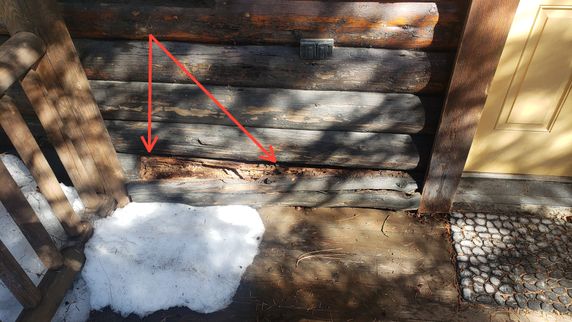
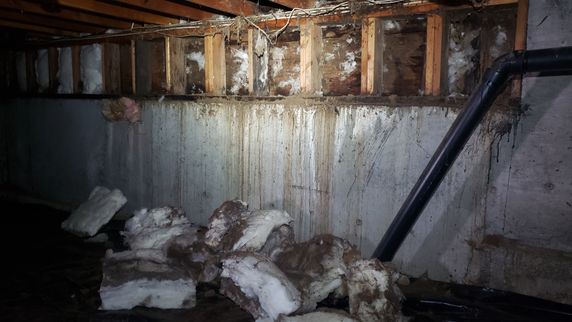
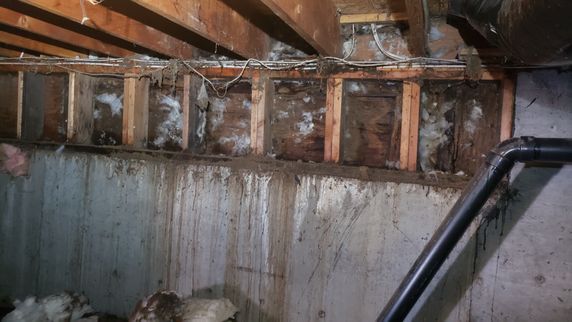
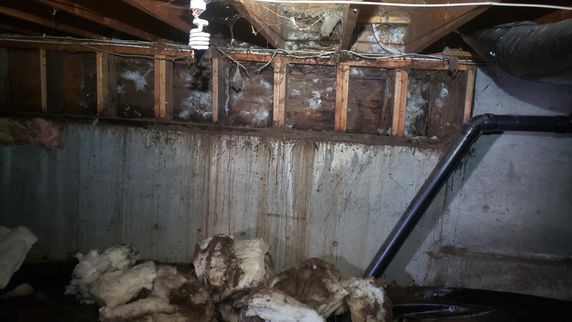
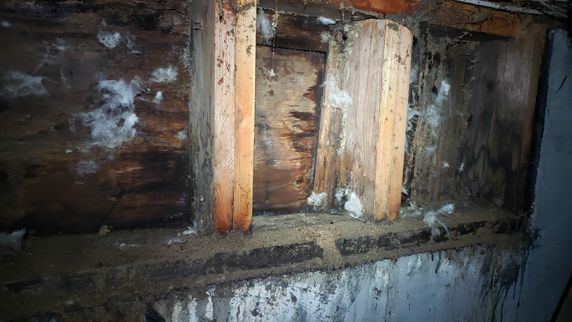
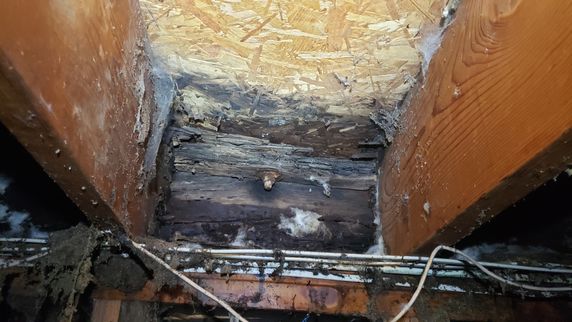
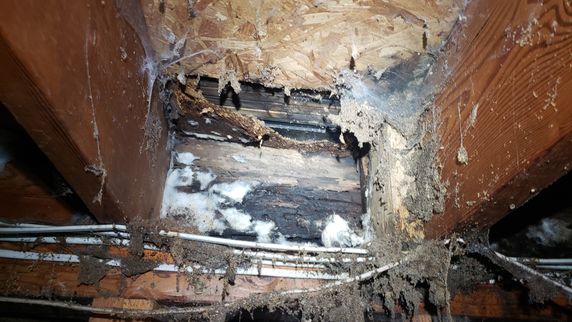

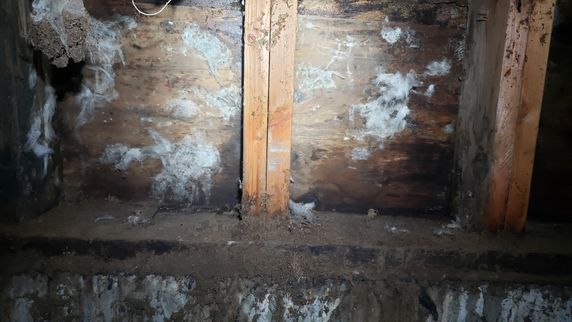
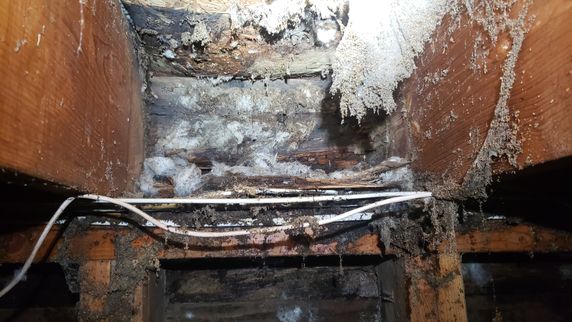
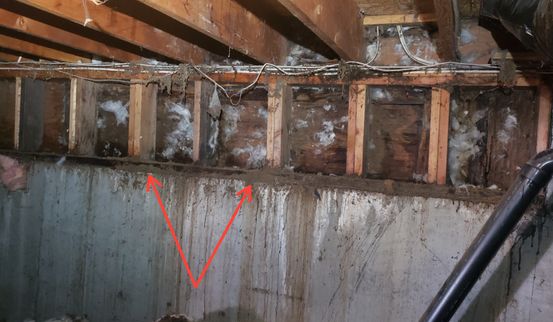
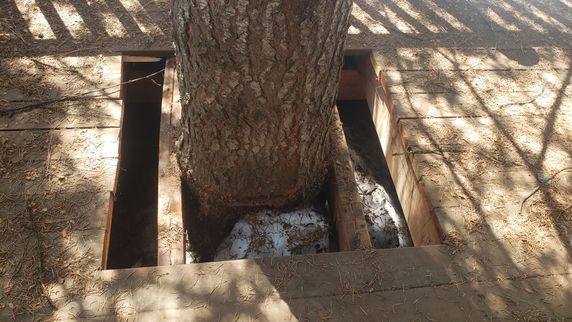
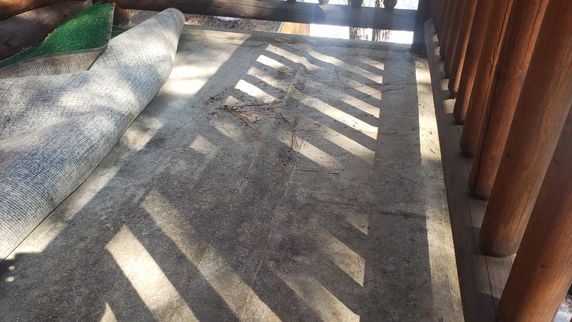
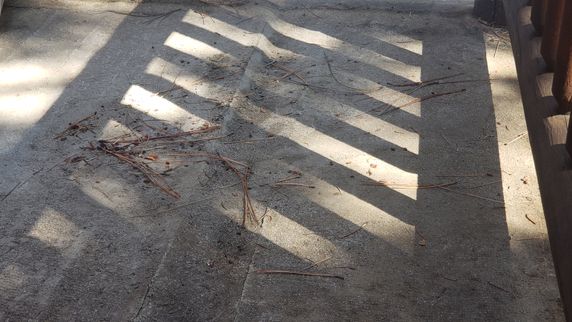
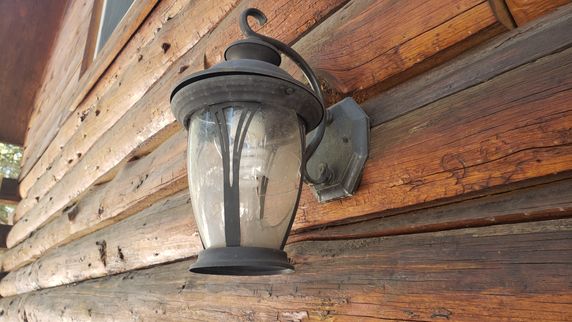





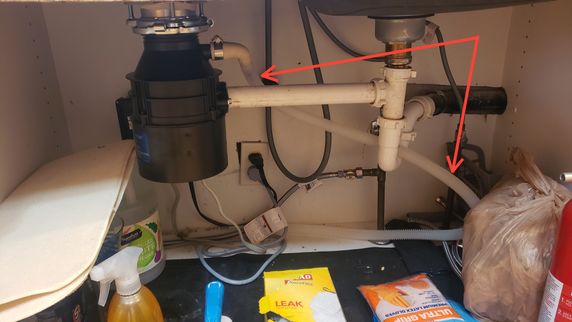
.jpg)
.jpg)
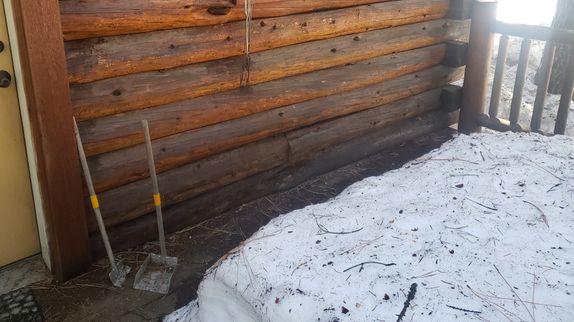
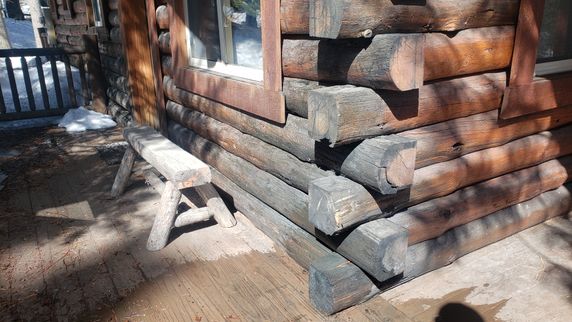

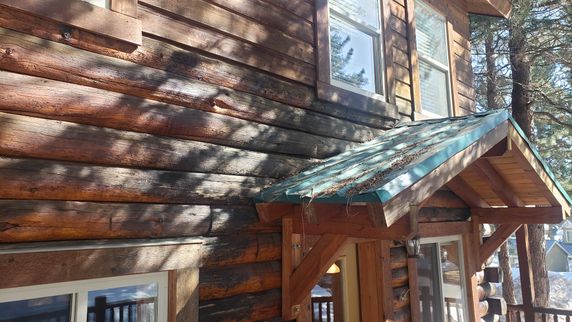
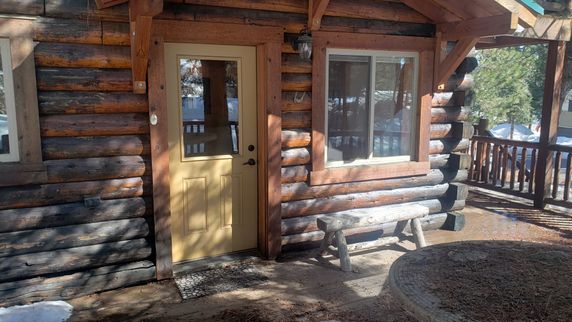
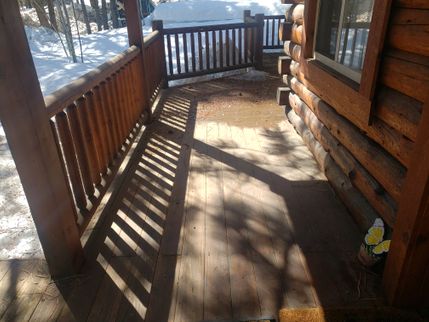
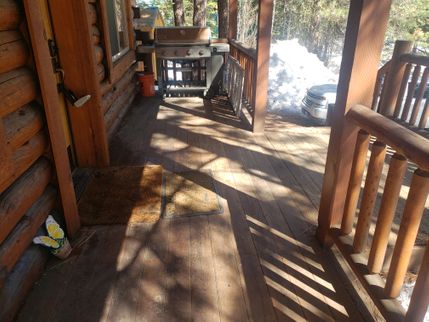
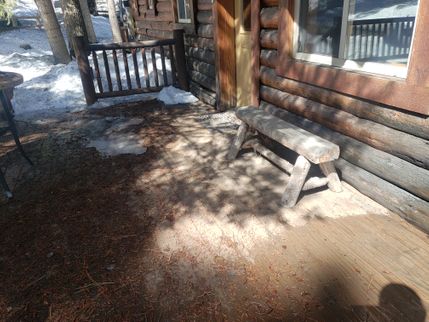
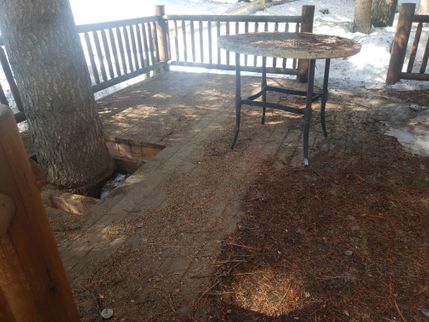
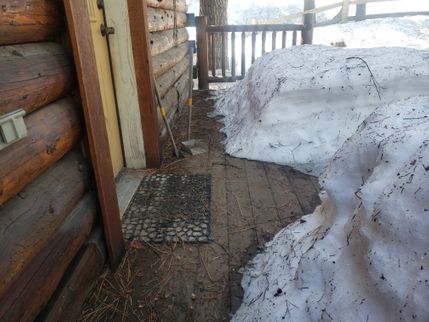
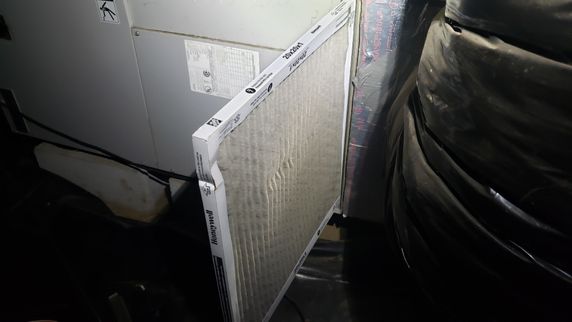
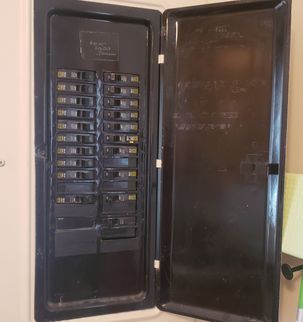
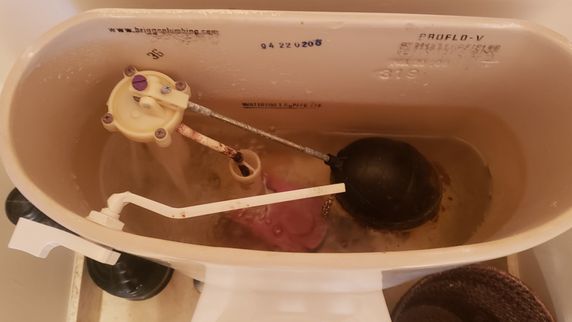
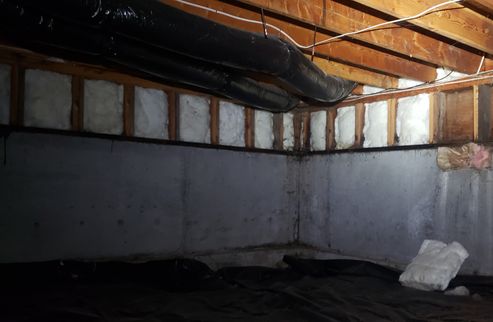

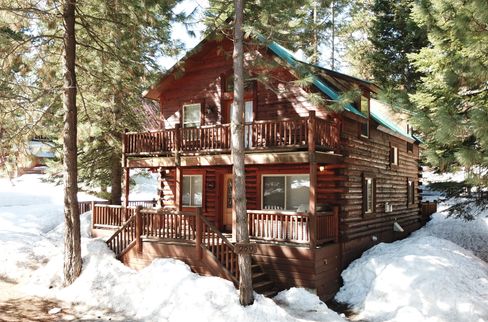
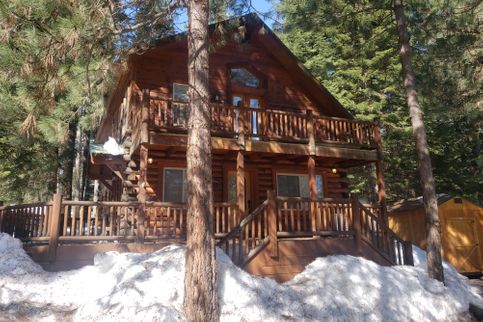
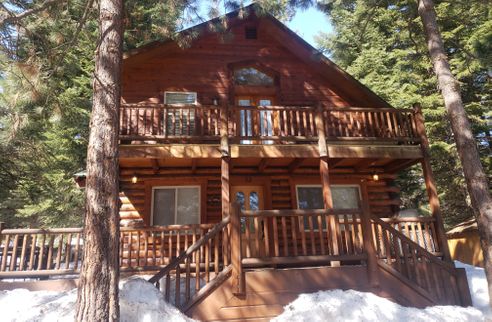
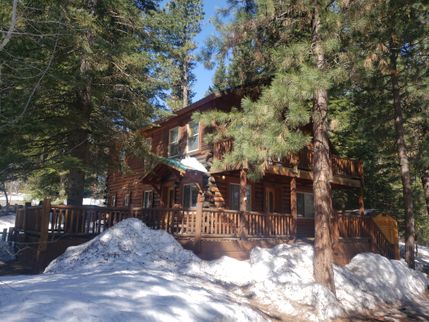
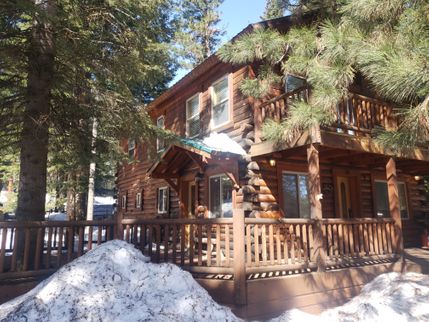
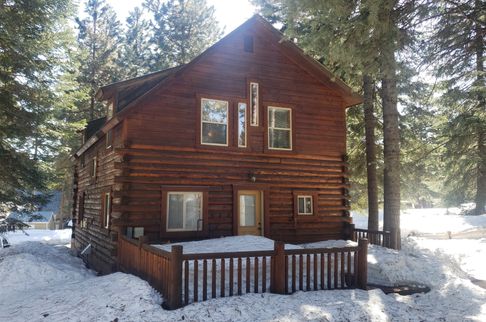
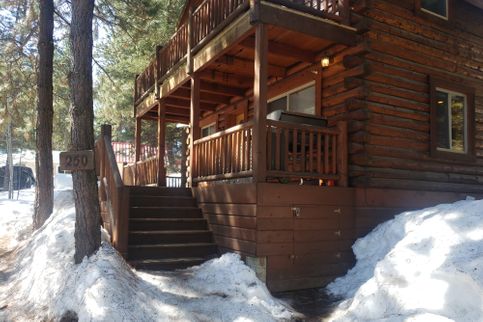
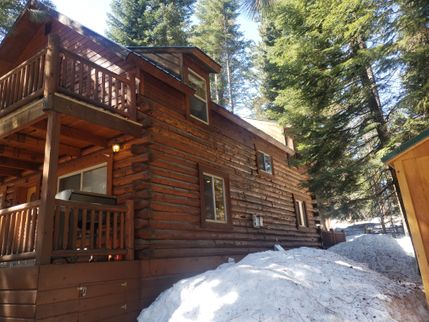
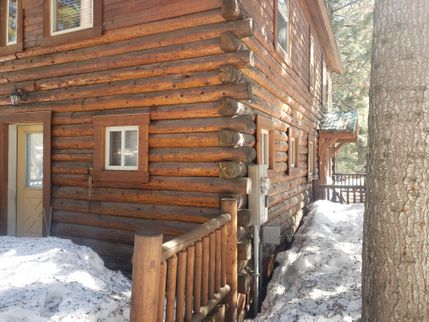
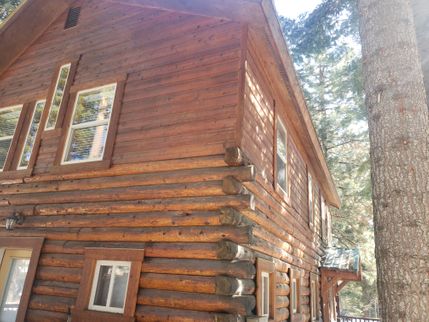

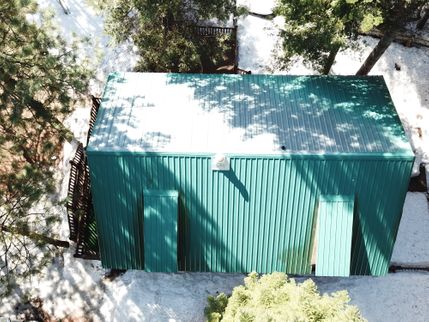
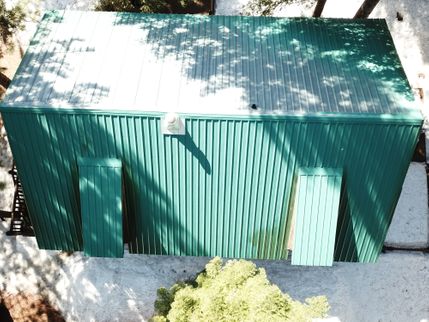
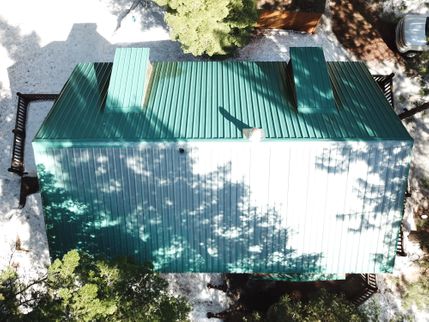

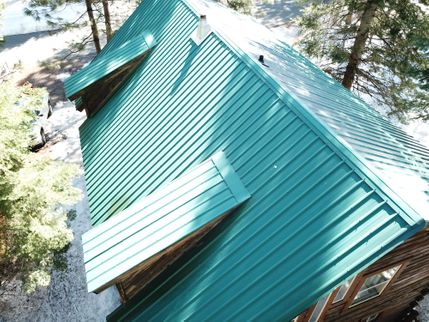
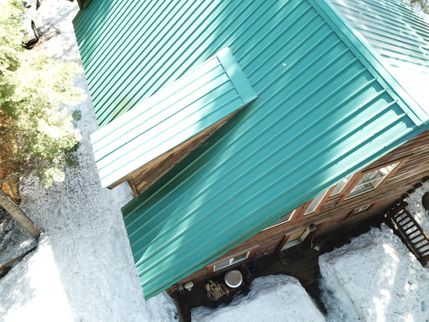
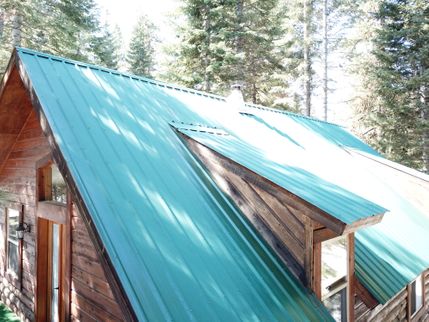
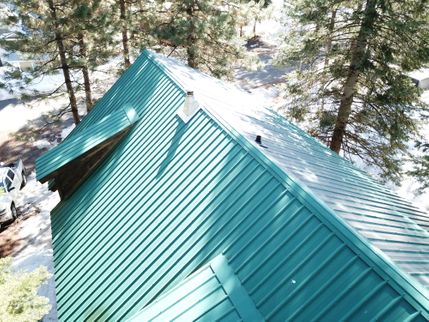
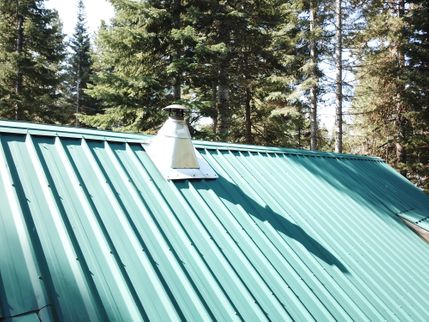
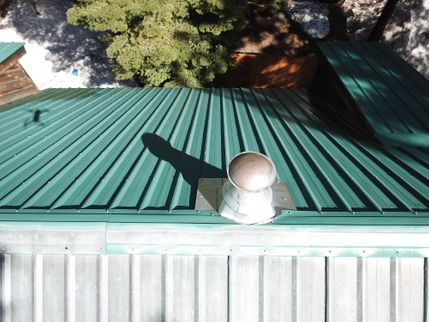
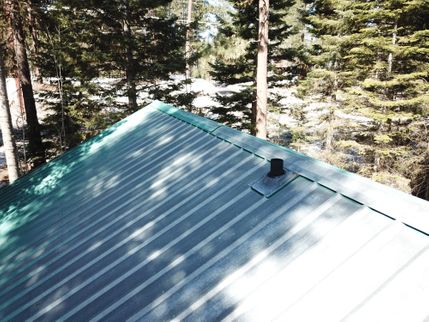
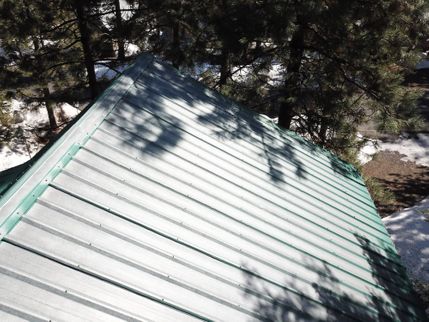
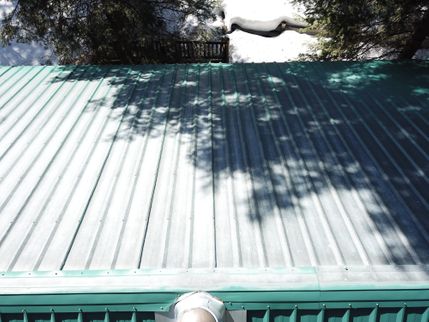
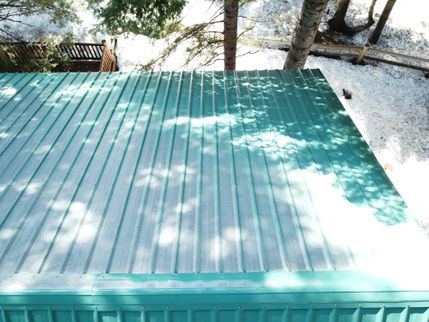
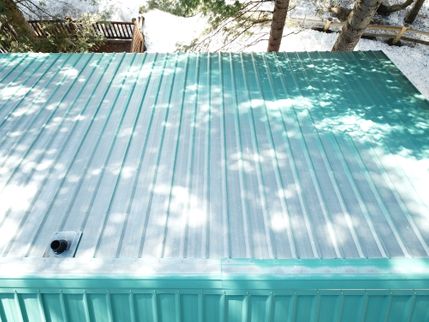

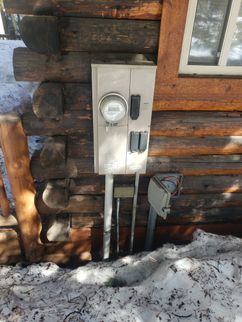

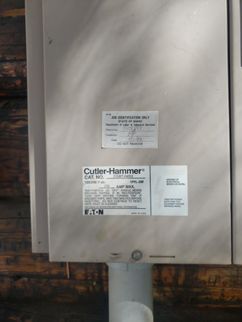
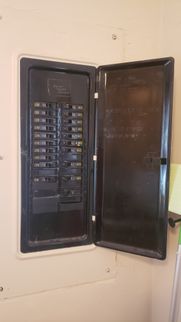
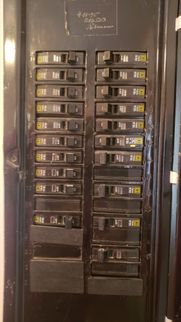

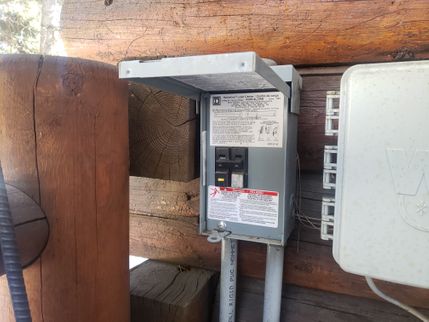


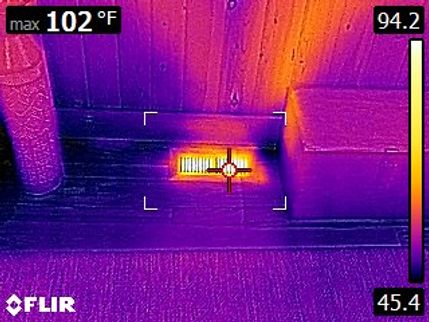

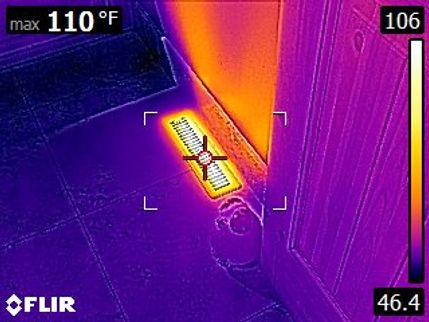
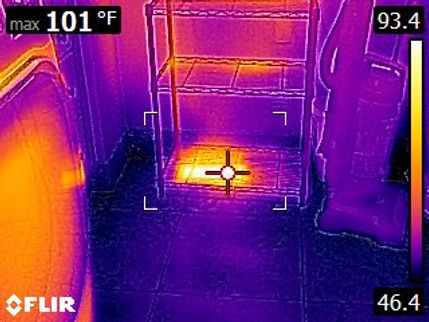
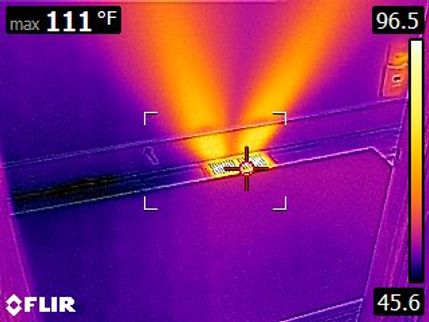



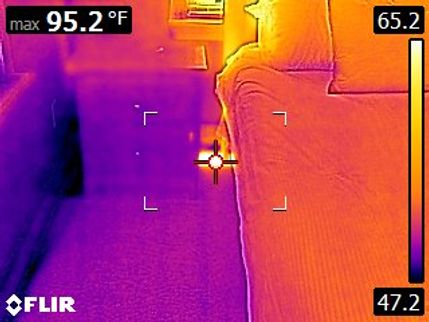
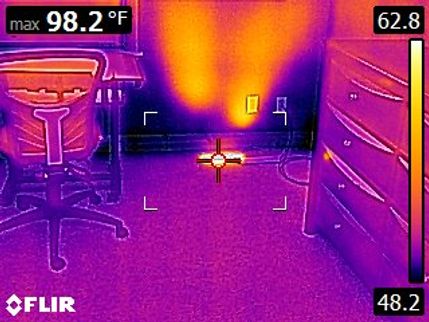
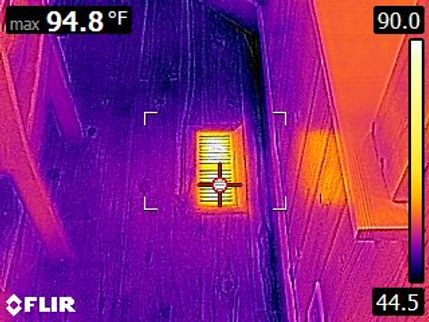
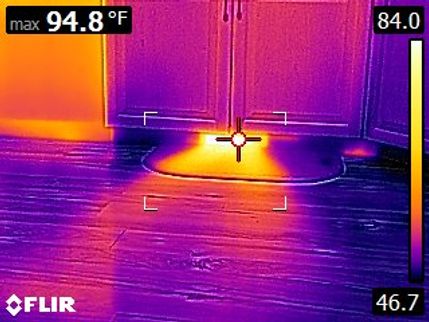
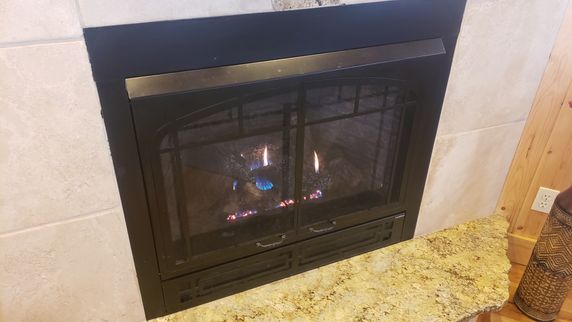
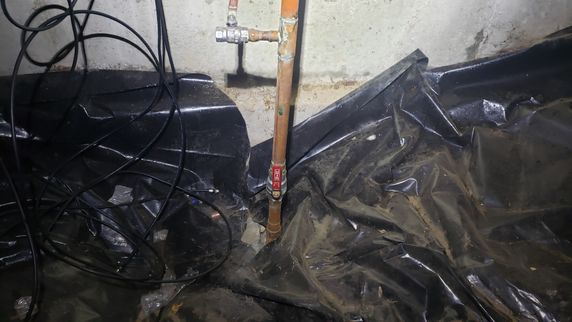
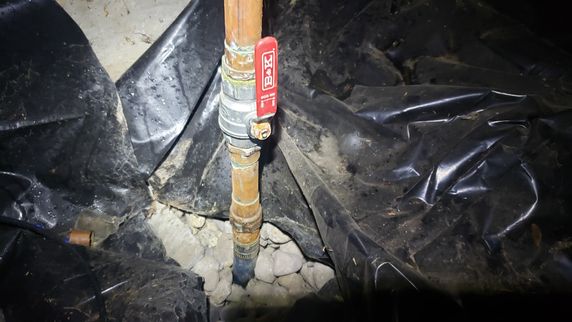
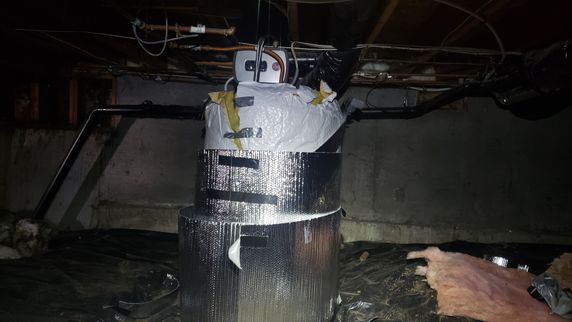
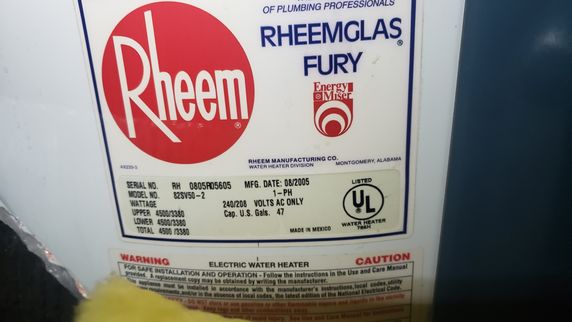
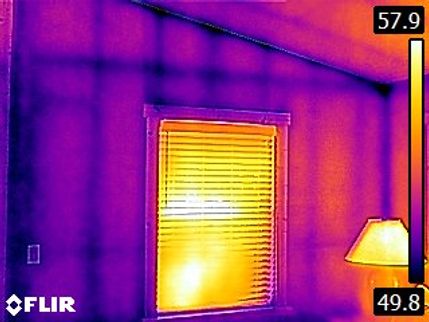
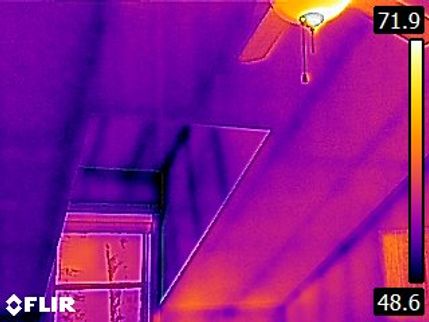
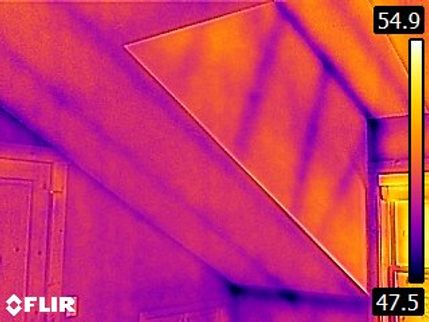
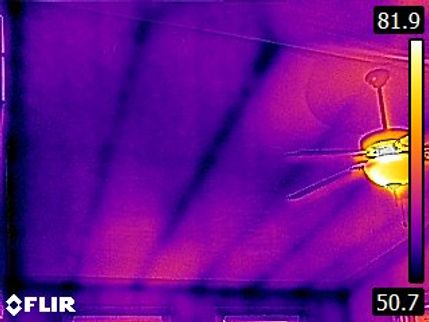
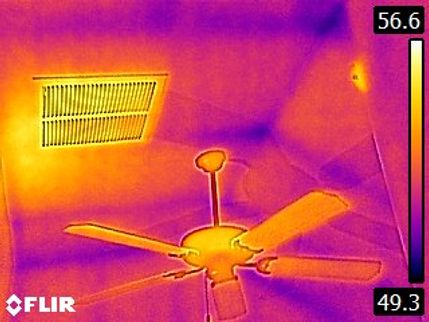
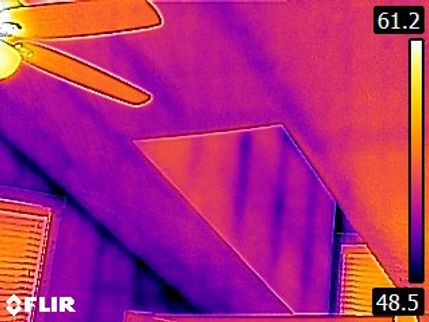
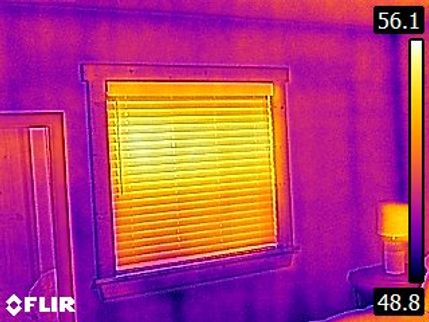
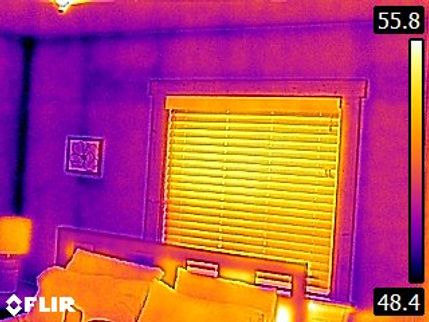
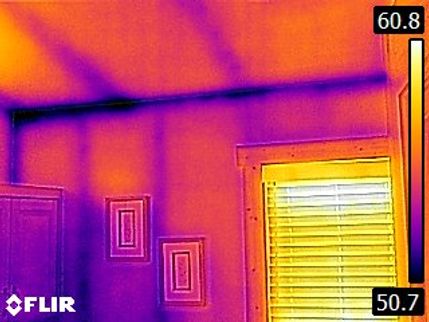
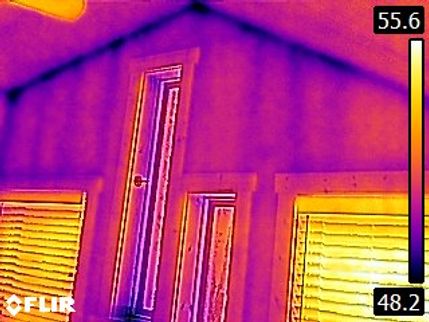
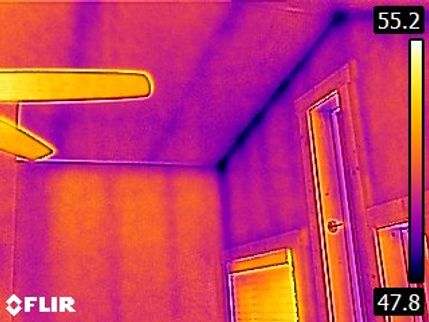

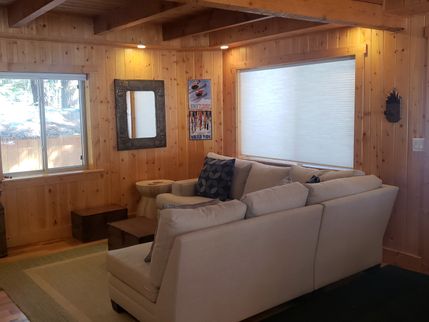
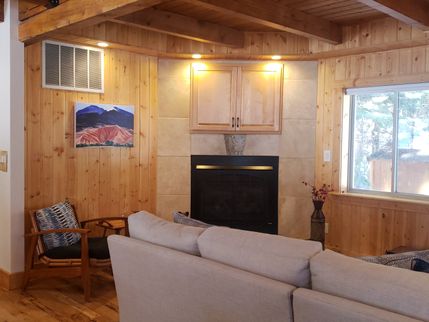

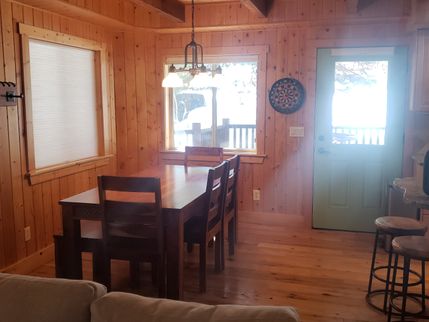
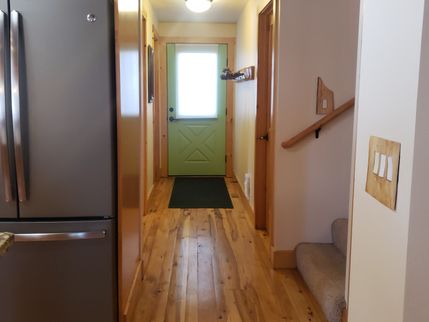
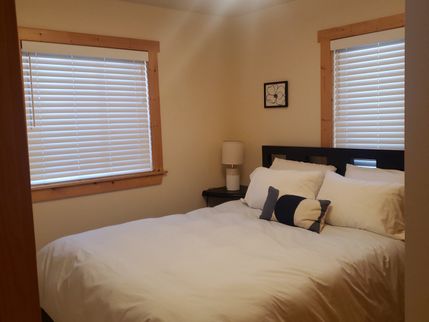

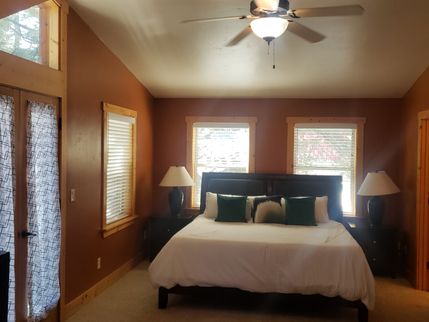
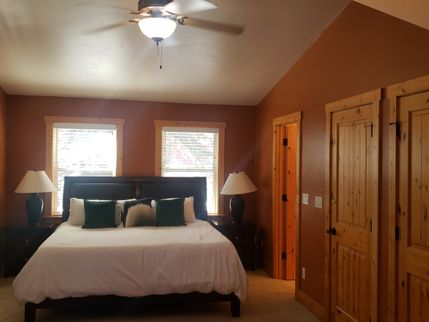
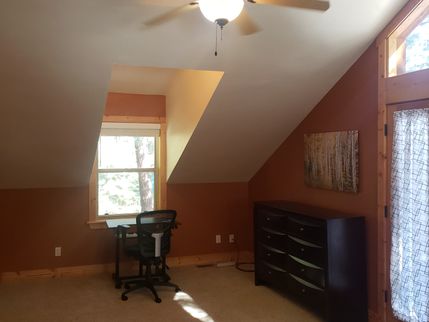
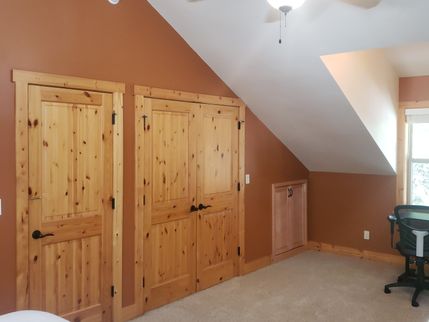
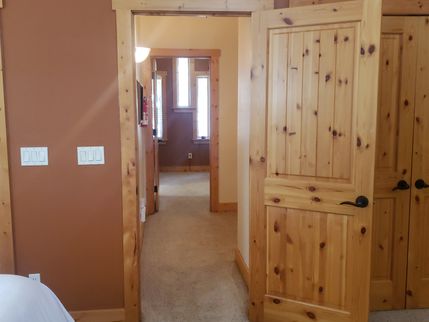

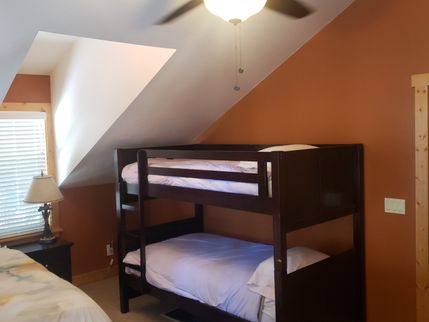
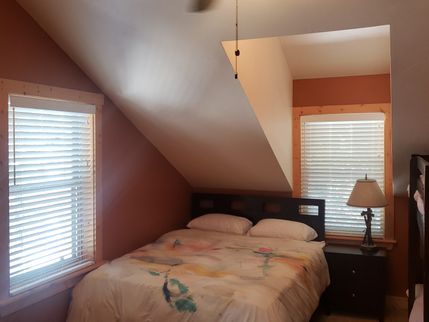

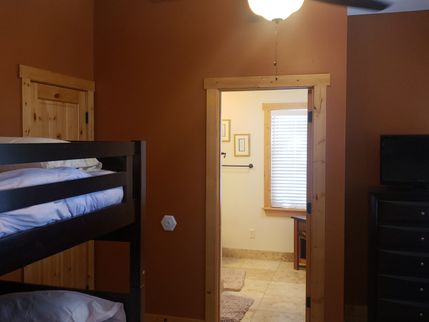

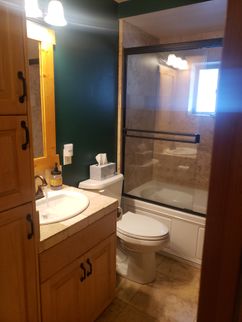
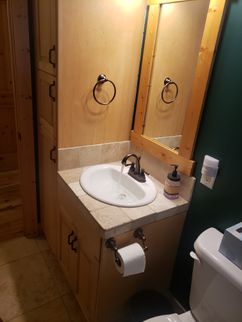

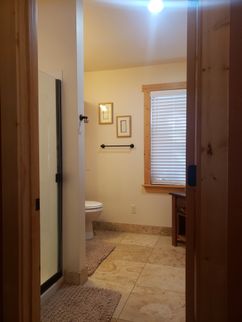
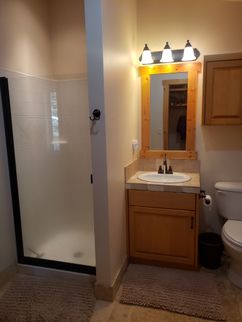
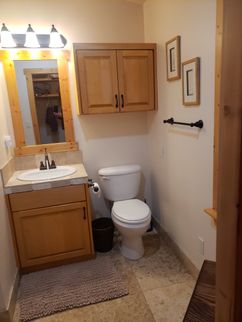
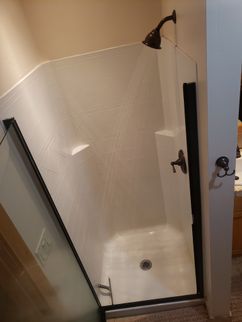
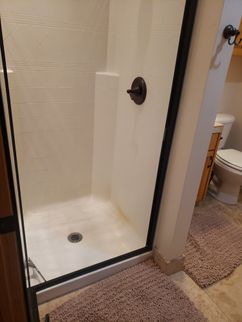
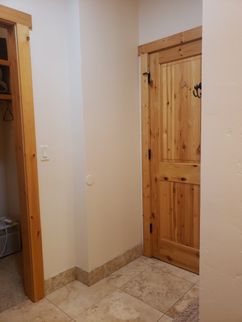
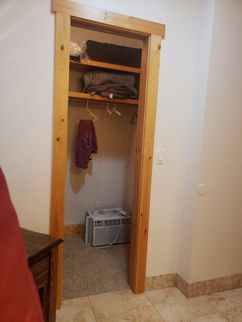

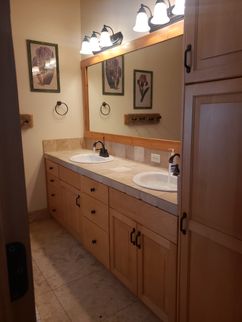
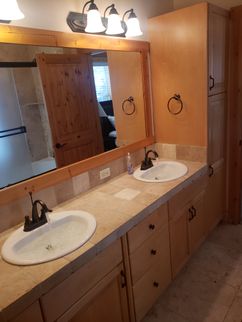
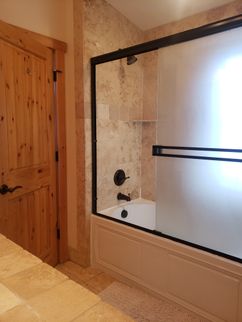
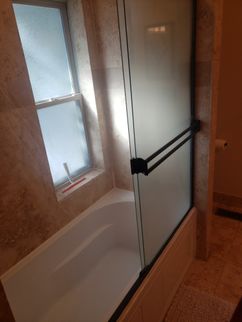
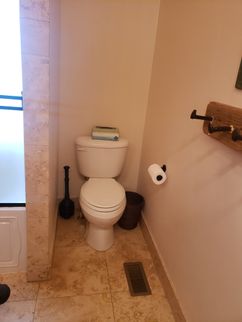
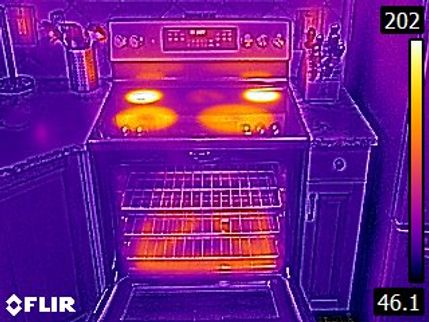
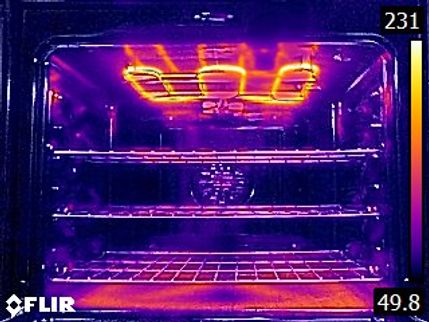
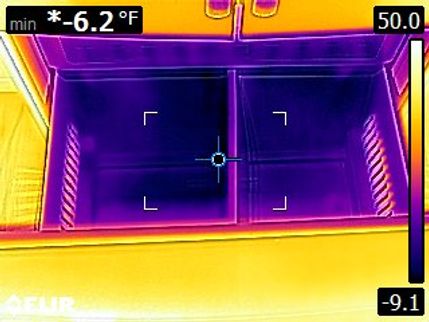
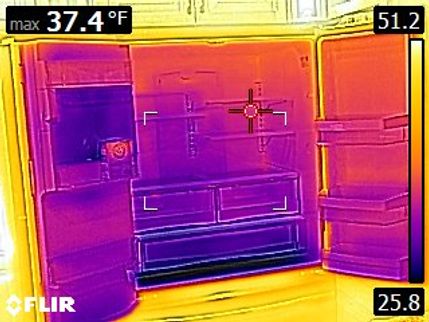
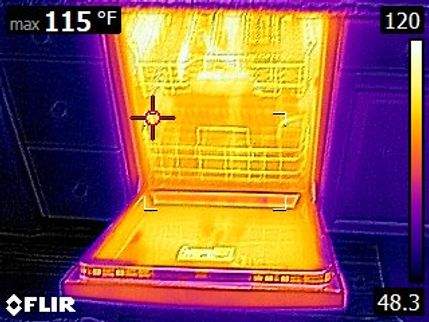
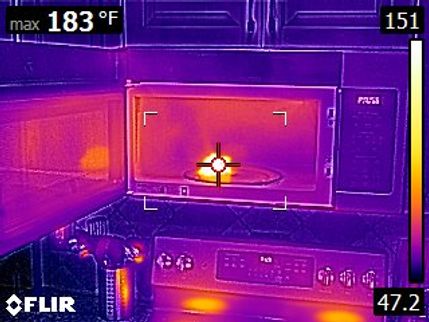
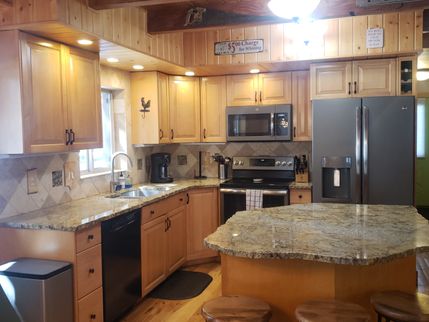
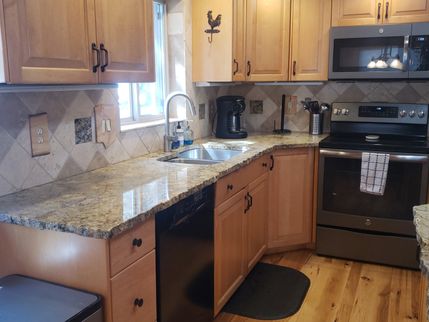
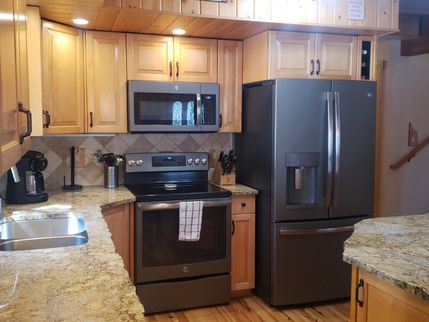
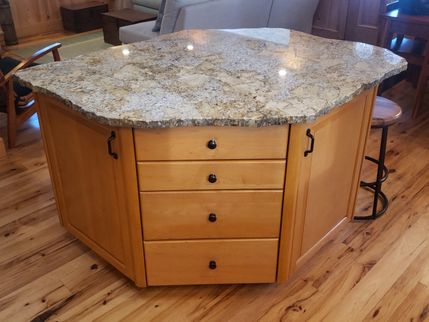
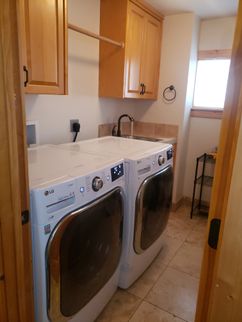
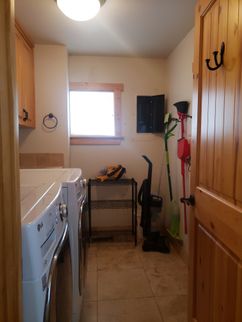
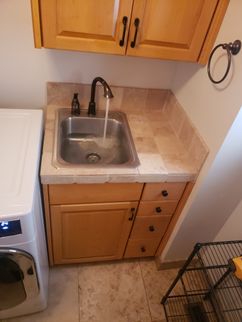

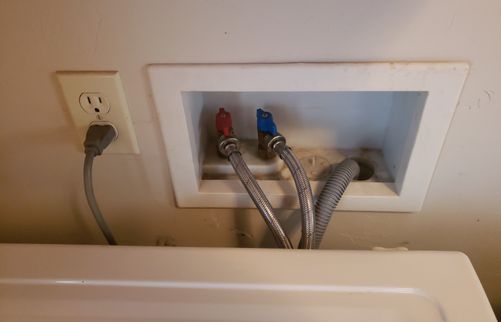
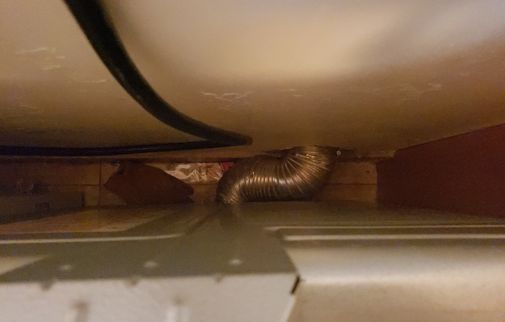
.png)
